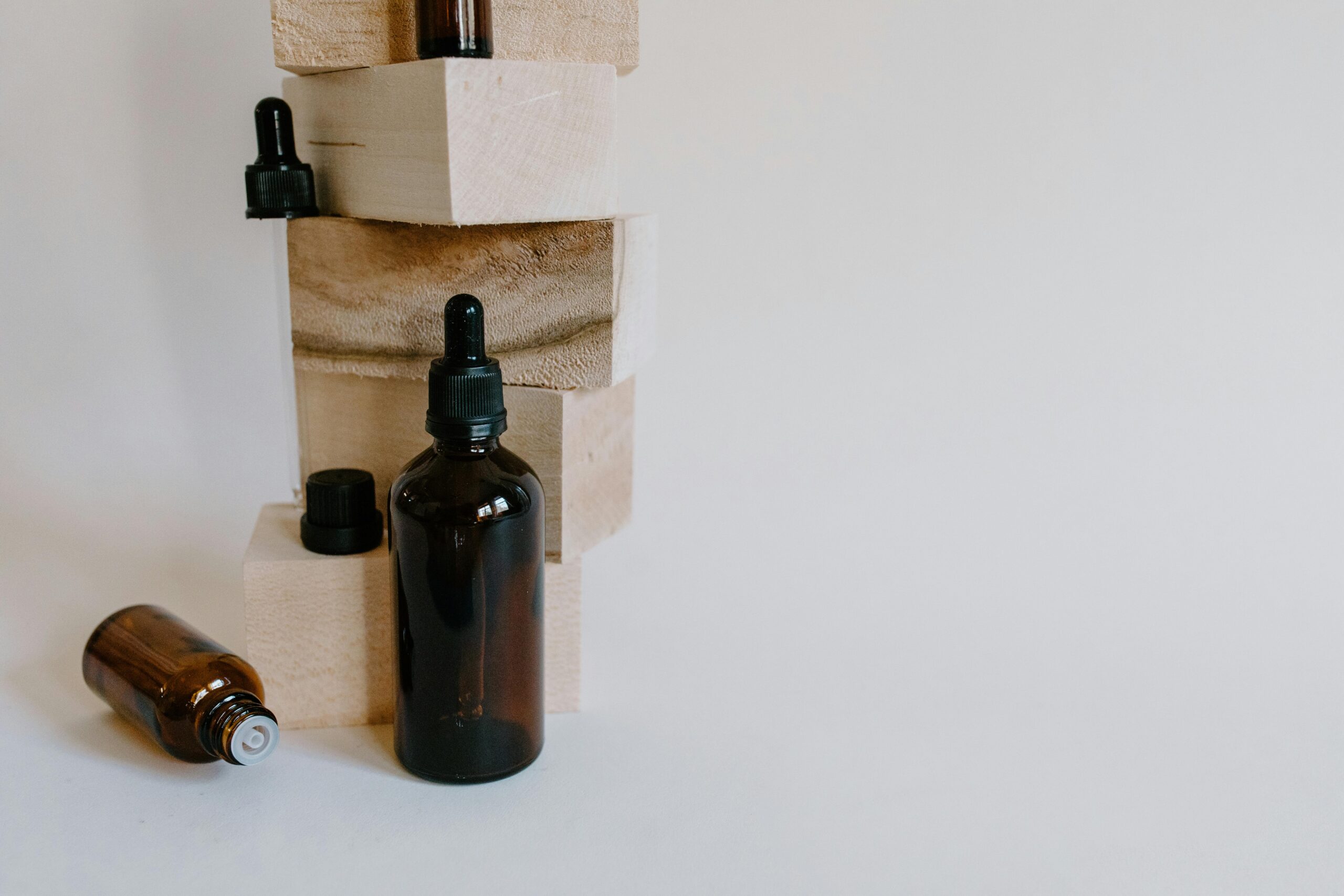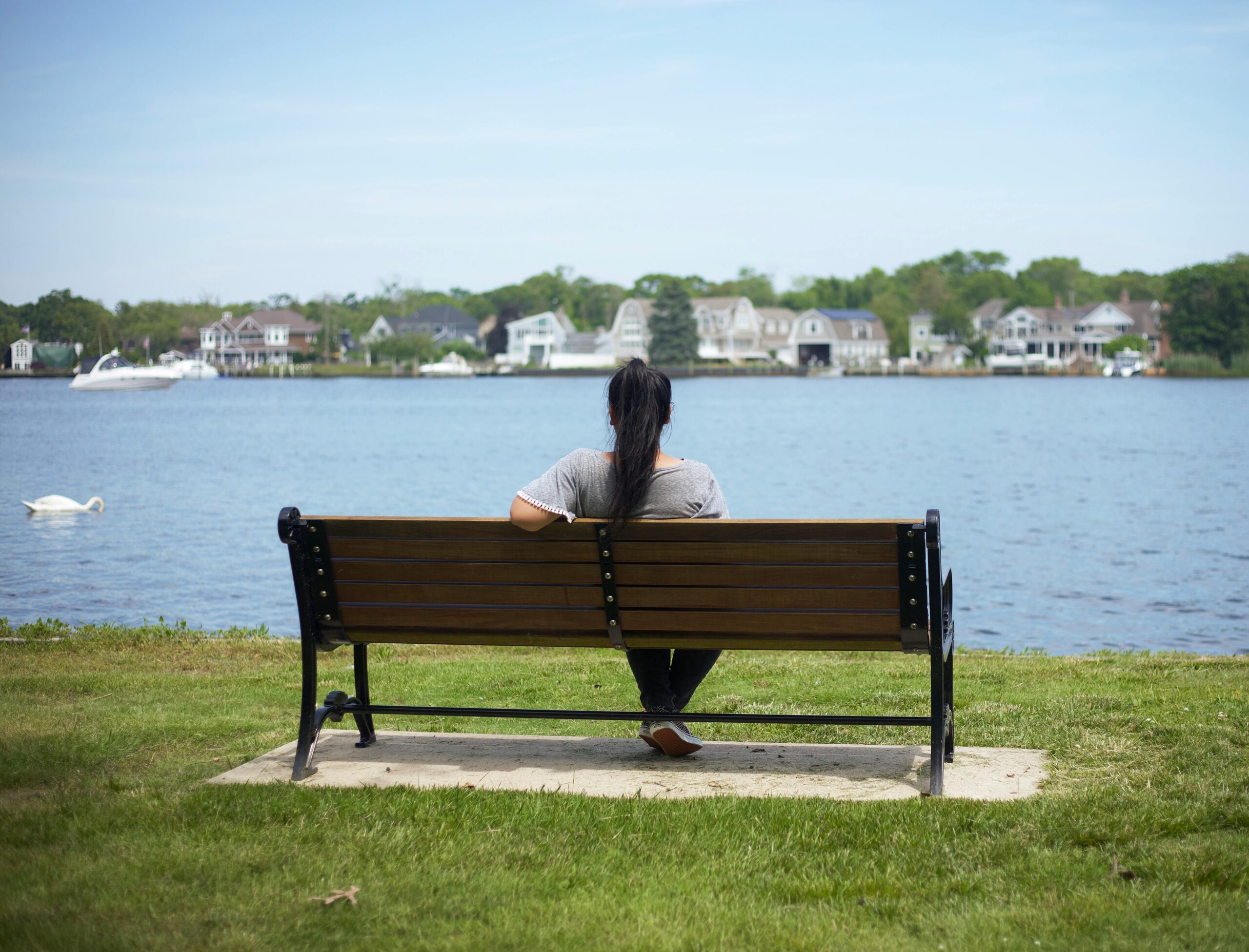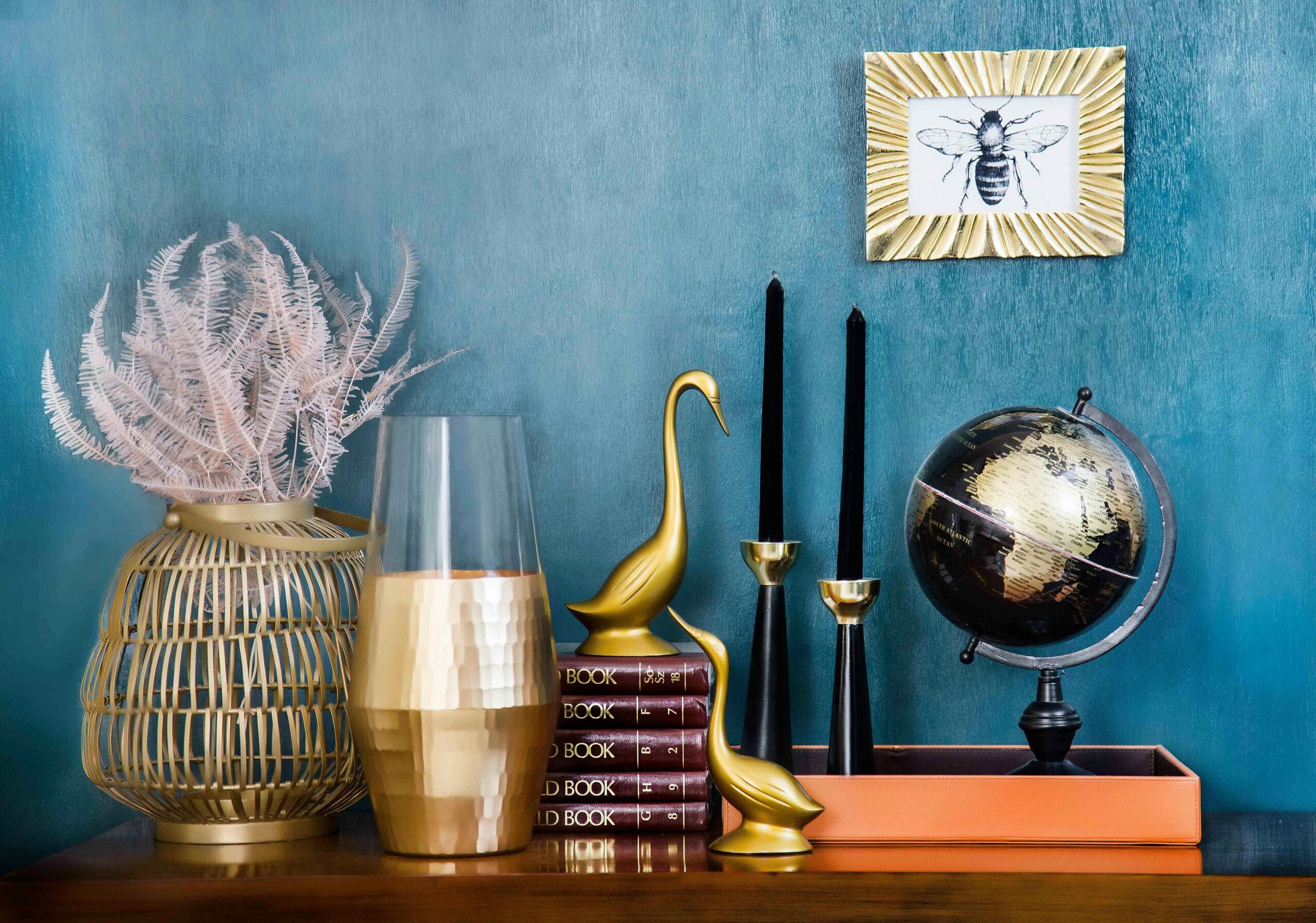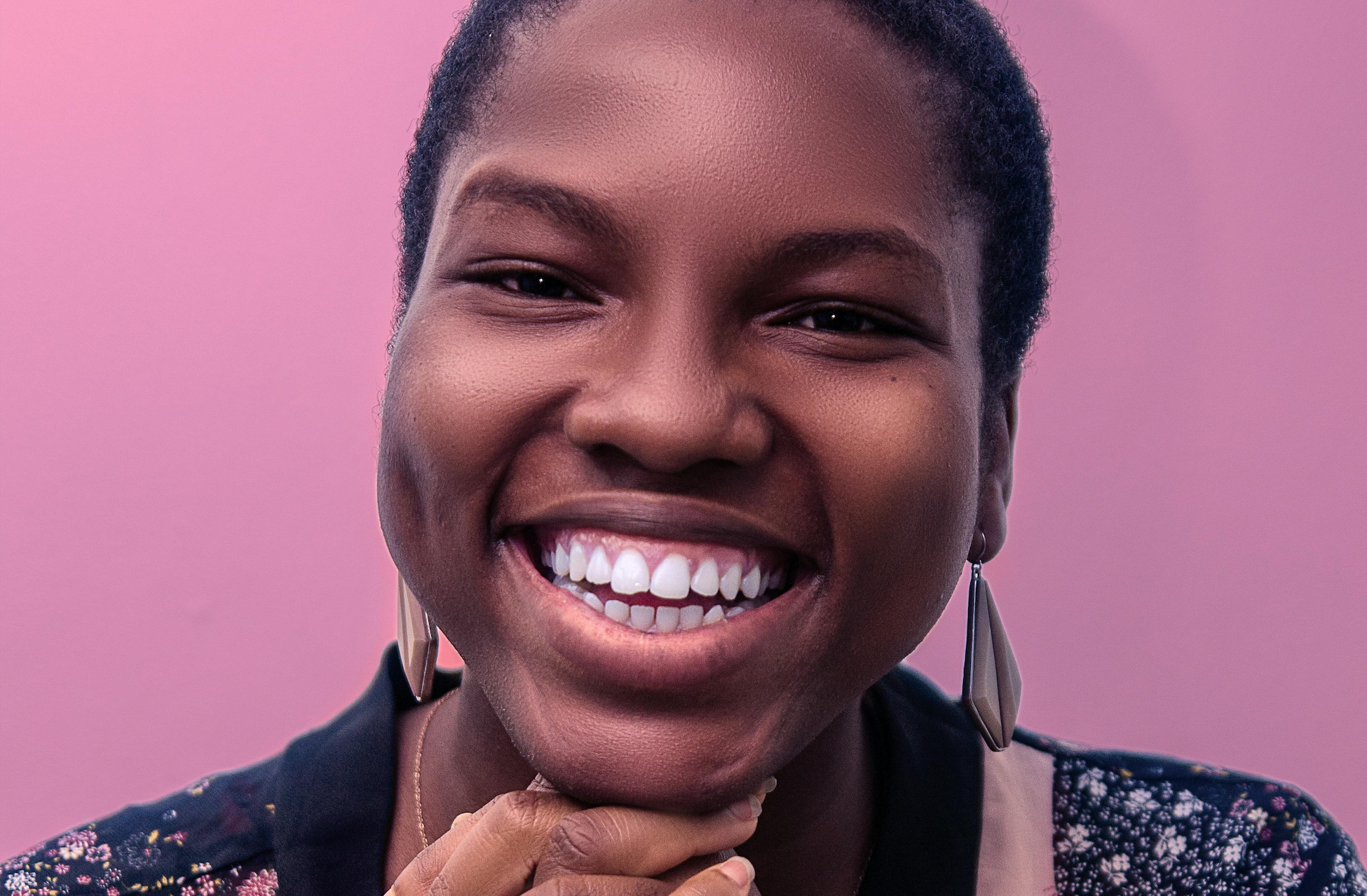
You’re planning your wedding and starting to tick off those must-do items from your checklist. You likely have countless decisions to make, starting from where the ceremony will be to where you’ll be seating your friends and family during the reception. If you’ve finished sorting these things out, you may be moving forward to the next integral item of any wedding, the flowers.
Speaking of wedding flowers, keep in mind that you don’t only need to think about the floral arrangements for the church and venue. You also have to decide on which flowers to pick for your bridal bouquet, boutonnieres, and wedding corsages. These accessories may appear to be minor details at first glance, but in reality, they all hold deeper meanings and representations in an event as unique as a wedding.
What You Need to Know About Wedding Corsages
The tradition of wearing or carrying flowers at weddings is believed to have started by the ancient Greeks. They thought that flowers have quite a fascinating and natural scent that has the power to ward off negative energy and evil spirits. They’d attach flowers to their clothing when attending weddings, the same as how brides would carry a bunch of them for the special event.
You may no longer be a stranger to corsages if you’ve attended the prom during high school. The floral accessory is worn on several occasions, not just during proms and weddings. From memorials to graduations, Mothers’ Days, and other semi-formal events, you can see this little bunch of flowers on ladies’ and girls’ wrists.
Are you curious to learn more about corsages, where they originated, and what they represent in a wedding? If yes, read on below:
1. Corsage Doesn’t Really Mean Flowers
The term ‘corsage’ is a French word that originally meant ‘bodice of a woman’s dress.’ The word may not refer to flowers directly, but the dress’s bodice is the part where women would attach a small bunch of flowers. The tradition of wearing it dates back to the olden days when ladies would always wear flowers as part of their outfits. Back then, it was lovingly called ‘bouquet de corsage,’ and today, it’s known simply as a corsage.
Such beliefs and traditions have been carried off through centuries, and today, weddings won’t be complete without flowers to adorn the day. In the same essence, corsages remain an integral accessory that ladies continue to wear when attending a special and unique wedding day full of love, devotion, and commitment.
2. Not All Female Guests Get to Wear a Corsage
At weddings, not all female attendees wear a corsage. The decision is up to the couple (mainly the bride) to choose which among her girls would have the honor to wear the accessory. The tradition, though, dictates that mothers of the couple get to wear one, as well as the members of the bridal party (bridesmaids, sponsors, and step-parents if they have one.)
There are no strict rules when it comes to who’s supposed to wear the corsage. Sometimes, a couple may ask all female guests to have one, although that only happens during intimate weddings where almost all guests are part of the family from both sides. If you plan to do this, make sure you have prepared enough corsages for everyone. You don’t want to have one or two guests not feeling giddy because you missed including them in the headcount.
3. They Can Be Worn in Different Ways
The most common way to wear a corsage is on the wrist. However, this doesn’t mean you can no longer be creative or different when attaching it to the body or outfit. If you want to try something out-of-the-box, you can ask the ladies to wear their corsages according to their liking. It can be worn on the chest just like how graduates or special guests wear theirs. Sometimes, it may also be attached to the shoulder part of their dress if they want to create an illusion of floral embellishment.
4. The Groom’s Family Foots the Bill
If you’re one to follow traditions and etiquettes, you may already know that the groom and his family shoulder the costs of all wedding corsages and boutonnieres. The bridal party will then shoulder the rest of the flowers needed for the wedding. This has been customary for years, although modern couples decide to split the total bill of their wedding costs as time changes.
Now you know!
Wedding corsages are an essential accessory you shouldn’t forget for your wedding day. It’s as essential as boutonnieres, the bridal bouquet, and other floral arrangements you want for your event. Now that you know a few things about corsages, you no longer need to be confused or have second thoughts when you shop for them with your soon-to-be spouse.

















